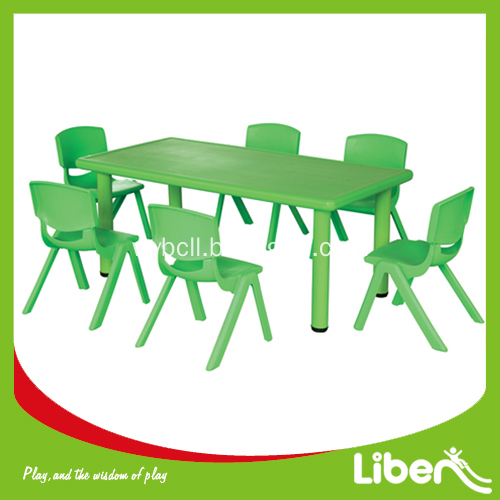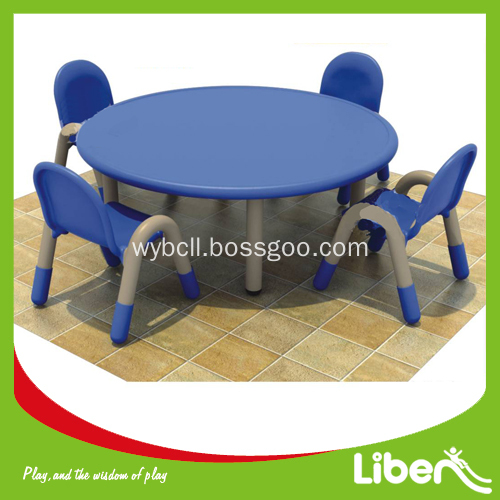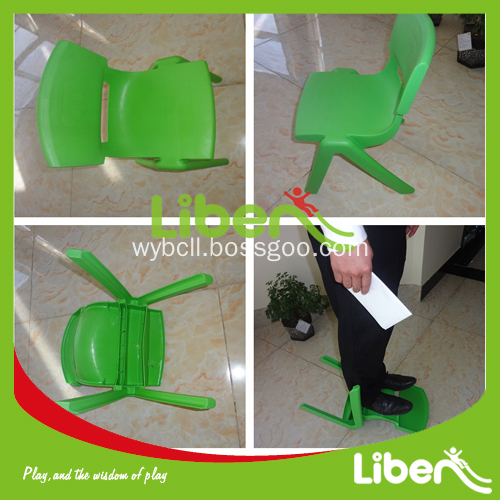How is glass produced? This problem may be very simple for an expert, but for ordinary consumers, there may still be interest in understanding. Today, we and the Chinese packaging bottle network Xiaobian together to briefly understand. Glass production process includes: batching, melting, forming, annealing and other processes. Described separately as follows:
1. Ingredients, according to the design of a good bill of materials, the various materials are weighed and mixed in a mixer. The main raw materials of glass are: quartz sand, limestone, feldspar, soda ash, boric acid and so on.
2. Melting, the prepared raw material is heated at a high temperature to form a uniform bubble-free glass liquid. This is a very complicated physical and chemical reaction process. Melting of the glass takes place in the furnace. There are two main types of melting kilns: one is an enamel kiln, and the glass frit is contained in the crucible and heated outside the crucible. The small kiln has only one gong, and the big one can have up to 20 gongs. The kiln is produced in a gap type, and now only the optical glass and the color glass are produced in the kiln. The other is the tank kiln. The glass frit is melted in the kiln and the open flame is heated on the upper surface of the glass. The melting temperature of glass is mostly 1300~1600?C. Most of them are heated by flames, and some are heated by electric currents, which are called electric furnaces. At present, the tank kiln is continuously produced. The small tank kiln can be several meters, and the large one can be as large as 400 meters.
3. Forming is the transformation of molten glass into a solid product with a fixed shape. Forming must be carried out within a certain temperature range. This is a cooling process. The glass is first transformed from a viscous liquid to a plastic state and then converted into a brittle solid state. Forming methods can be divided into two types of artificial forming and mechanical forming.
A. Artificial shaping. Another (1) blowing, with a nickel-chromium alloy blow pipe, pick a ball of glass blowing in the mold while turning. Mainly used to form glass bubbles, bottles, balls (for eyeglasses used) and so on. (2) After drawing, after the blister is blown, another worker sticks with the top plate, and the two are blown while pulling to make glass tubes or rods. (3) Pressing, picking up a bunch of glass, cutting it with scissors to drop it into the die, and pressing it with the punch. Mainly used to form cups, plates and so on. (4) Free forming, picking materials directly after the use of pliers, scissors, tweezers and other tools made of handicrafts.
B. Mechanical forming. Because of the high labor intensity, high temperature, and poor conditions of artificial forming, most of them have been replaced by mechanical forming except for free forming. In addition to pressing, blowing, and drawing, mechanical forming includes (1) calendaring methods for the production of thick flat glass, cut glass, and sandwiched wire glass. (2) Casting method, producing optical glass. (3) Centrifugal casting method for manufacturing large-diameter glass tubes, vessels, and large-capacity reaction pots. This is to inject the glass melt into a mold that rotates at a high speed. The glass is pressed against the mold wall due to centrifugal force, and the rotation continues until the glass hardens. (4) Sintering method for producing foamed glass. It is added in the glass powder blowing agent, heated in a covered metal mold, the glass in the heating process to form a lot of closed air bubbles This is a good insulation, sound insulation material. In addition, the flat glass is formed by vertical pull, flat pull and float. Floatation is a method of floating glass liquid on the surface of molten metal (tin) to form a flat glass. Its main advantages are high glass quality (leveling, smoothness), fast pulling speed and large output.
4. Annealing, the glass undergoes intense temperature changes and shape changes during the forming process. This change leaves thermal stresses in the glass. This thermal stress reduces the strength and thermal stability of glass products. If it is cooled directly, it is likely to rupture during the cooling process or during its storage, transportation, and use (commonly known as cold blast of glass). In order to eliminate the cold explosion, glass products must be annealed after they are formed. Annealing is to maintain a certain temperature range or slowly cool down for a period of time to eliminate or reduce the thermal stress in the glass to allowable values.
In addition, some glass products may be rigidified in order to increase their strength. Including: physical rigidification (quenching), for thicker glass, table glass, automotive windshield, etc.; and chemical rigidification (ion exchange) for watch glass, aerospace glass and so on. The principle of rigidification is to generate compressive stress on the glass surface layer to increase its strength.
Reproduced, please indicate the source of the Chinese bottle net
|
Measurements (mm) |
1200*620 *480(L*W*H) |
|
Material |
PP(Different material is available at your demand) |
|
Feature |
a. safe
b. durable d. Simple and easy assembly |
|
Advantage |
a. Advanced techniques and high-tech equipments
b. A full set of quality control system and comprehensive management mechanism d. Self-owned brand and independent manufacturer (we can design new picture as your area plan, theme, colors, and other requirement) |
|
Age Range |
6-12age |
|
Apply to |
Communities, amusement park, kindergarten, prechool, residential area, supermarket, garden. |
|
Packing |
Standard export packing |
|
Certificate |
EN1176, EN71, CCC,CE,14000,28000,GS,SGS |
|
Warranty Period |
2 years |




Children Tables and Chairs, Toddler Tables and Chairs, Children Table and Chairs Set
Liben Group Corporation , https://www.trampolinearea.com